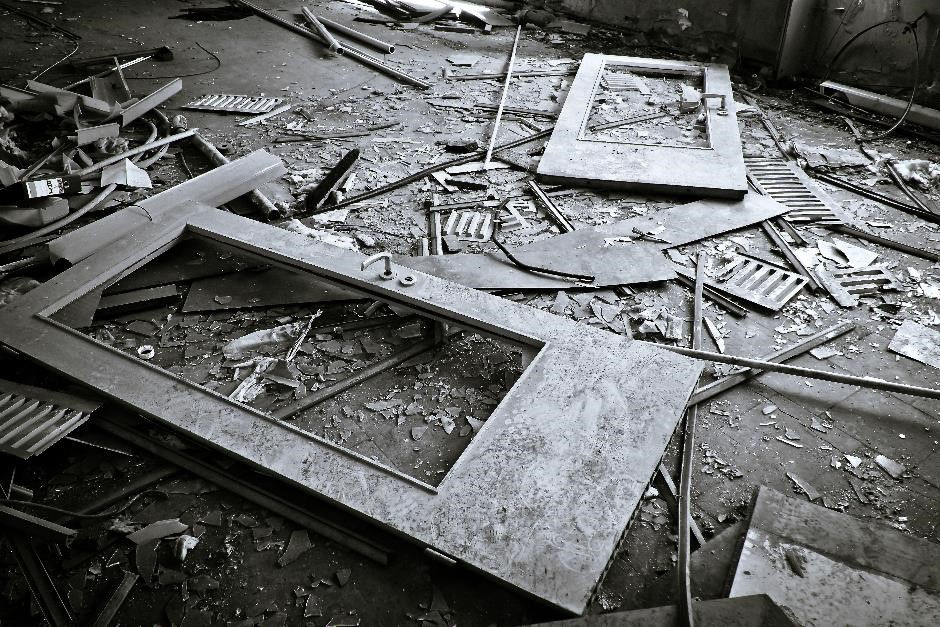Tax Costs of Commercial Property Insurance Claims
- Bryan Crawford

- Sep 14, 2021
- 4 min read
UK insurers pay out roughly £8 million per day on commercial property claims for repairs and replacement expenditure arising from a wide variety of events, including fire and explosion, criminal damage, weather related events, water leakage and general accidental damage.

The sums received under an insurance policy covering damage or loss of a fixed asset, such as property, plant or equipment are a capital receipt. The receipt of such a sum will normally result in a chargeable gain or allowable loss and depending on the extent of damage may also create a balancing charge or allowance for capital allowances purposes.
One important distinction between the capital gains tax (CGT) and capital allowances rules is that when assets are substantially damaged and replaced there is no roll over relief or impact on new capital expenditure for the purposes of calculating a fresh claim. When there is an impact it is generally on past capital allowances claims and this varies depending on the type of allowances being claimed and the circumstances involved.
Accurate record keeping of past capital allowances claims is therefore essential and this can be particularly challenging for businesses with very old or multiple assets because without these details it will soon become impossible to allocate insurance proceeds correctly. New replacement expenditure for capital allowances purposes should not normally be netted off.
This means the tax profile and claim value of a replacement project can look quite different to what the business had before; not least because of changes in tax legislation and rates of allowances such as the new 130% and 50% super deductions.
Capital Gains Tax Position
Where the capital sum is applied to expenditure on making good the damage or loss by repair, renewal or by replacement that is deductible under general tax principles, the capital sum is treated as a taxable trading receipt up to the same amount. This has the effect of netting of the cost/capital receipt with any surplus/deficit treated in the normal way.
Where an asset has been lost or destroyed and the capital sum received in compensation is used to acquire a replacement asset, the deemed disposal under the above provisions can be treated as giving rise to neither a gain nor a loss (and the acquisition cost of the new asset reduced accordingly). Partial relief may also be available.
Capital Allowances Position
To what extent the capital receipt affects the businesses capital allowances position will depend on the level of damage involved, claims already made and what the business decides to do next.
Permanent loss of the asset or cessation or use in the qualifying activity will likely result in a disposal event and a requirement to reflect the capital receipt against previous claims made which could create a balancing charge or allowance for Plant and Machinery Allowances (PMAs); a balancing charge for Research and Development Allowances (RDAs); and a cessation of entitlement to Structures and Building Allowances (SBAs).
If the asset only suffers minor damage and is repaired with the expenditure allowable as a deduction under general tax principles there is unlikely to be any disposal event for PMAs, RDAs or SBAs and the original claim will remain unaffected. In line with the CGT example above there will be no extra deduction where the costs are met by the insurance proceeds.
The general rule for capital allowances is that if someone else meets the costs of your expenditure on qualifying costs your capital allowances claim will be restricted. However, when an asset is destroyed, demolished or put out of use, the subsequent insurance proceeds are disregarded for the purposes of expenditure on its replacement.
Example Building Replacement
A business acquired a 10-year-old commercial office to use as its new head office in 2018 for £5,000,000 and spent £500,000 refurbishing it the following year. No PMAs or SBAs claims were available for the purchase costs; however, £400,000 (80%) of PMAs were available for the refurbishment and the businesses claimed this against its 100% Annual Investment Allowances with the balance £100,000 (10%) qualifying for SBAs.
In 2021 the property was destroyed by fire and the company set about building a replacement with the insurance proceeds of £4,000,000 reflective of a recent replacement cost estimate.
Illustrative capital allowances computation

* If the business is a company and the expenditure is incurred before 31 March 2022 the £600,000 of main pool allowances may be eligible for the 130% super deduction which would increase the overall potential allowances by £180,000 to £3,980,000 over time.
When you consider that properties may only be partly damaged with some assets retained or repaired together with historical claim differences the complexities with optimum claim management soon start to grow. With corporation tax rates set to increase to 25% from 1 April 2023 and increasing pressure on income tax revenues the value and cost of allowances is also going to increase.
Were the business to purchase a completed replacement property the tax and capital allowances analysis will look very different and taking specialist advice early can make a real difference to the future tax cash benefits.
If you would like further details on this or have a specific project query, please do not hesitate to get in touch.
